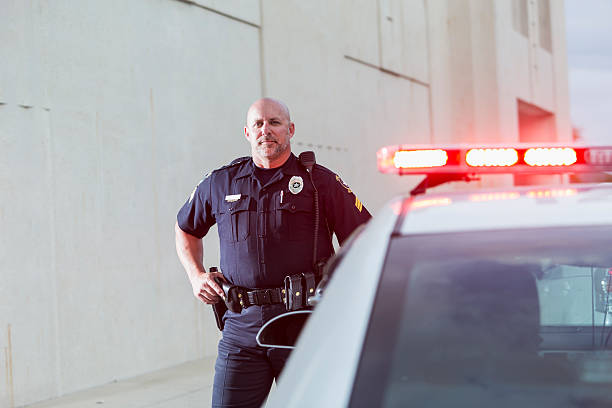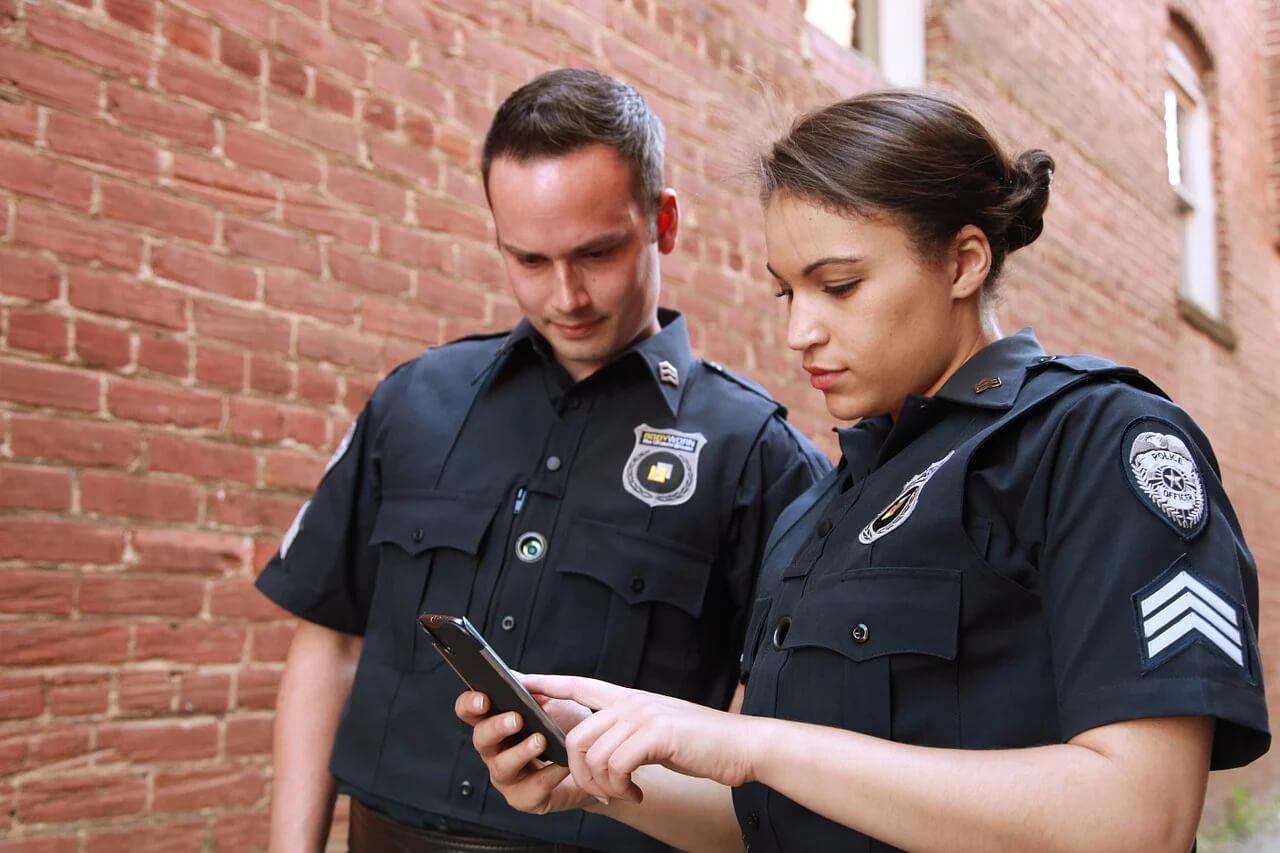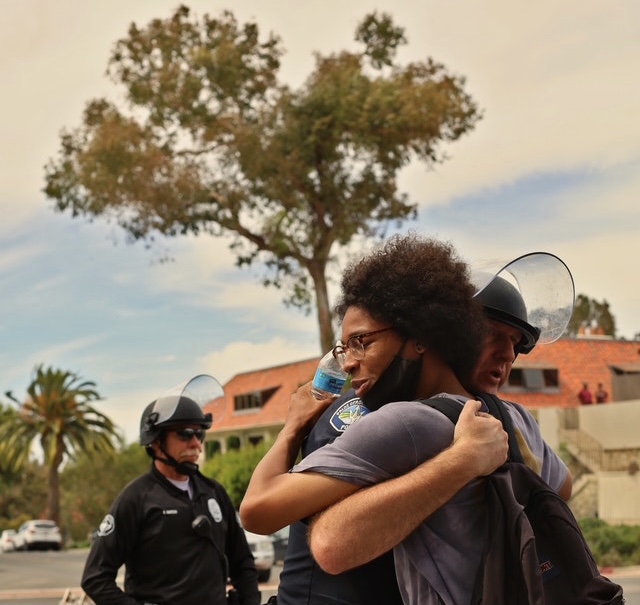There was a time when people trusted the police department – for its integrity and strength. Back then, the police department was viewed as the most reliable institution known to bring peace and order to the community. It was the so-called ‘rock-solid’ institution that was thought to bring justice and a shared sense of right and wrong among the residents and organizations thriving in the same place.
Sadly, over the years, this once trusted law enforcement organization slowly lost its credibility. As the number of crimes increased, so did the issues concerning many police officers. Hence, the gradual decline of public trust and confidence in the police department.
How to Start Building Trust with Your Community
Since mutual trust is fundamental to maintaining public safety, how can the police department build and nurture the trust of the community? Here we have gathered five tips based on researches done to build trust in law enforcement through effective community policing strategies
1. Acknowledgment of the challenges in the community.
Know that no community is perfect. Each community has its struggles and issues that need to address. Therefore, as the law enforcers in the community, be willing to acknowledge and discuss with your community members their concerns.
Never invalidate any negative experiences of the community members. Know that trust is built in good relationships; therefore, always be willing to acknowledge people’s feelings towards the community, as well as with the police department.
2. Neutrality.
To build trust and legitimacy, the police department must, first and foremost, mirror neutrality to the community. This can only be achieved if the department can demonstrate that they are transparent and only do rule-based decisions – that are fair and unbiased.
The community will only begin to trust the police once again if they can follow the established procedures and hold accountable, even their officers when these procedures are left unfollowed.
3. Initiating steps to reduce bias and improve cultural competency.
The concept of ‘what is right’ and ‘the right thing to do’ could be subjective to some – even to police officers. For this reason, many civil rights leaders and police executives recommend that law enforcers must receive training on diversity and cultural competency to eliminate bias.
Given that the people in the community could come from varied racial and ethnic backgrounds and cultures, the police department must know how to effectively communicate and understand the cultural norms of all individuals living in the community.
4. Being open to collaboration.
Being open to collaboration is often an effective way to build trust in the community. When people know that we are listening and caring for them, most likely, it is easier for them to trust.
Keep in mind that emotional intelligence does play a big role in building public trust. Be open and acknowledge what the community members feel and then use these in taking productive actions, solve problems, and intervene bigger (or more crucial delinquencies in the future).
5. Public Participation.
If the goal is to involve the community in maintaining peace and order, then we must also encourage the public to take part in the development of strategies and interventions.
With the advent of technology, the police department can maximize the use of online applications and software to collaborate and build transparency, get community feedback, analyze the needs of the neighborhood, and even utilize these data to improve the services provided to the people. Officer Survey is one great tool to do all these – no coding required, only real-time data.
Building trust in the community is difficult. But this does not mean that it’s impossible. Go over those five tips on how to start building trust with the community through effective community policing strategies once again and see which among those your department can do first. No need to rush. Do one step at a time. We can achieve the dream of a better and safer community to live and work only when the police and the community work together.







